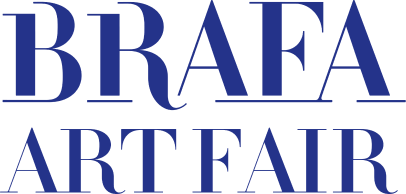IMAGE DETAILS

De Wit Fine Tapestries
Fox and hare on a floral ground
Southern Netherlands, possibly Sint- Truiden (Saint Trond)
Second quarter of the 16th century
Wool and silk
103 x 236 cm
In this composition, four abundant plants fill the space, all covered in flowers. From left to right: a tricolor violet (viola tricolora), a blue iris (iris germanica), a rose and a columbine (aquilegia vulgaris). A seated fox looks over at a hare, possibly his intended pray, and two pigeons fly above them. The borders are also decorated with flowers; marigold, violet, lantern plant and vine.
This splendidly decorative weaving refers to the many 'millefleurs' tapestries produced in Bruges as well in Enghien across several decades in the sixteenth century. These ancient tapestries, however, always present a varied background of flowers, where some animals occasionally appear. They were certainly highly valued for their decorative aspect, but probably also for a hidden symbolic meaning. A universe of flowers, where animals of all species live peacefully together, refers to the happiness of paradise before the Fall of Adam and Eve. But this peace could be disturbed at any moment: the fox is ready to attack and kill the hare, the pigeons are possibly warning the hare of the impending danger.
The scheme of representing flowers in a row, as seen on this piece, is rarely applied in such weavings of the sixteenth century. A parallel however is given by a contemporary 'millefleurs' Armorial with Arms of Christine de Lechy/ Lexhy, abbess of the convent of Herkenrode (private collection). She was born around 1440 in the nearby town of Sint-Truiden, Saint Trond, where several workshops were active in that period. Only a few weavings can be attributed to that provincial center. The rather coarse aspect of the weaving may point to that production.



 download image
download image